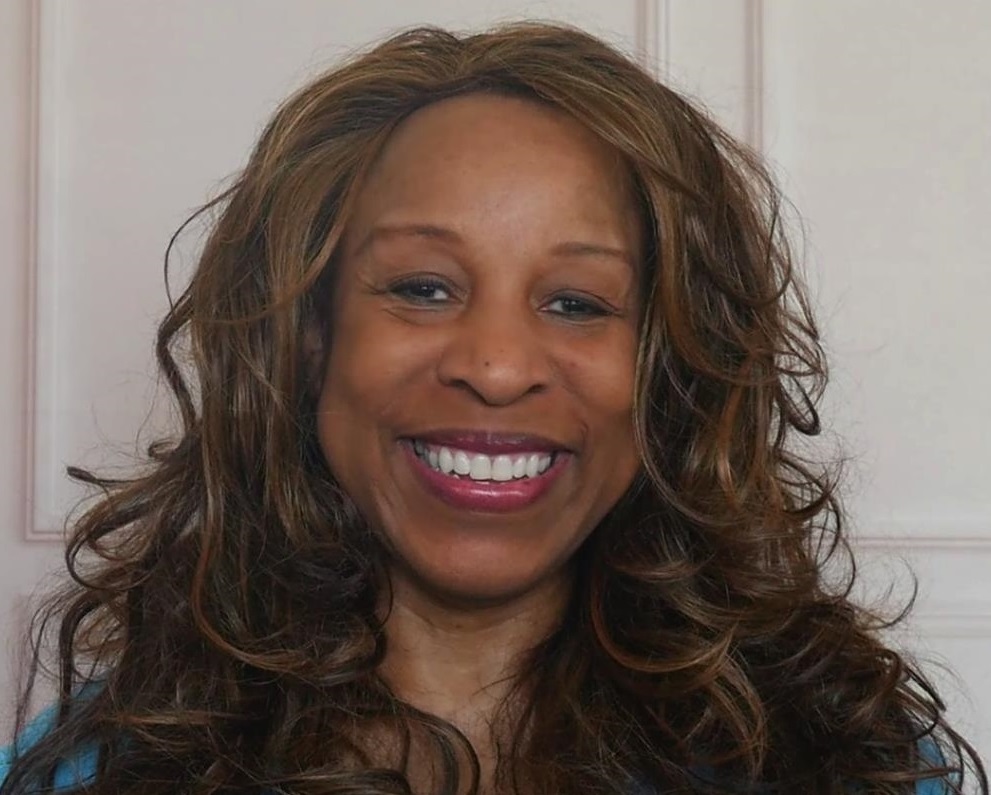GET THE RIGHT PERSON IN THE RIGHT SEAT

By VICKY BROWN
Right Person, Right Seat. It’s an expression made famous by Jim Collins in his book Good to Great, which focuses on why some companies move on to become great companies, and some don’t.
Now, you might be thinking – I’m not some multi national corporation, I don’t think this type of theory would even apply to me. Well, it does – for the simple reason that no matter how large or small your business, and no matter what stage your business is in – having the wrong talent, or the right talent trying to do the wrong things is stressful for you and the rest of the team, it will limit your forward progress, and cause you to miss valuable opportunities. It just take a LOT of time and energy to deal with bad, or wrong, performance.
Today we’re going to talk about 3 pillars to focus on when you’re trying to figure out who will best go where.
First up – hire well. I know that sounds like common advice – but it’s common for a reason. You have to get the right people on your team. But to do that, you need to know what you need. In an earlier episode I talked about how to craft a description of the job duties and responsibilities. And it really has to always be the first step in hiring – because you need to know what you’re hiring for.
Once you have an idea of what type of skills and experience you need, then you have to carefully go through the interviewing process.
Now, I know you may be feeling stress because you need someone now; there’s just too much to get done, you need the help – now. But I say the construction term, measure 3 times, cut once, would certainly apply here. It’s much better to take your time evaluating candidates, so you can be sure they have what you need, vs. the massive time it takes on the back end to try to unravel a bad hire.
People use lots of different techniques to interview candidates – they do panel interviews, they ask seemingly unrelated questions like “what kind of tree would you say you are, and why”, I’ve heard use the 3 by 3 method – interview the person in 3 different settings by 3 different people. You may find that one of these, or something else, really resonates with you and your style, so go for it. Just make sure you have crafted a good job description, you use whatever method consistently with all candidates, you steer clear of illegal questions like “are you married”, and the process you decided to use actually gets you the information you need.
“…no matter how large or small your business, and no matter what stage your business is in – having the wrong talent, or the right talent trying to do the wrong things is stressful for you and the rest of the team, it will limit your forward progress, and cause you to miss valuable opportunities.“
Two more points about interviewing. Be aware of the horns and halo effect. It’s human nature to get a first impression, and then spend the rest of the interview looking only for things that reinforce that impression. For instance, say the candidate is late to the interview (not that I’m saying that’s a good thing); but for the rest of the meeting you may find yourself focusing only on the things that seem to reinforce that he is uncommitted, or doesn’t pay attention to details. That’s the horns and halo effect, and it works in both directions. With both a good first impression and a bad one. But you want to remain able to really hear everything, so you can make an intelligent, unclouded decision. So, leave first impressions at the door!
The other thing is – you’re going to have to prepare for the interview. I know, I’m sorry – but there is just no way around it. To make the most of the meeting, and get the information you need, you can’t just wing it. You have to prepare. Look at their resume and cover letter, or application video, or whatever. Look carefully at the job description, note where they are aligned and where they aren’t. Focus your questions on additional information you feel you need, and those areas that don’t seem to fit.
The next pillar is know what the seats are, so you know how to fill them. Sure, you’ve developed a job description; but where does that job fit with the rest of the business. How is the position related to other team members, and their manager. All this to say, you need to have an organization chart. Something that shows you how one job relates to another, how, if, and where responsibilities might overlap, and what the reporting relationships are. Do you have a lot of people doing the same thing, or will this position be one of a kind in the company? If it’s one of a kind, you may need to look for someone who deals well with autonomy and is self driven.

Don’t waste another minute trying to figure out how to get your business going and what should come next.
Grab your Free 3-Step Leader’s Journey Business Builder course, and get freedom and peace of mind, knowing you are on the right, proven track.
Another great tool is the future org chart. That’s an organization chart based on what you think the company will look like in 3 – 5 years.
Something like a future org chart can be really helpful in showing you what a growth path for the position might look like. Are you hiring for a marketing coordinator now, but in 3 – 5 years you think you will need a marketing direction? Can the coordinator position grow into the director position? And if so, how – what is the path, what is the process. What additional skills will they need? What experiences will help them grow? How can you make sure those experiences happen.
See? It all goes in the soup of getting the right person, sitting in the right seat.
And here’s a little Pro Tip – when you are hiring, be sure to get some utility players as well as specialists. Utility players can wear more than one hat, and wear it well. They are critical to businesses that are evolving and growing.
The 3rd pillar is to make sure you get the wrong people off the bus completely
It doesn’t do you, the business, or them, any good to leave them hanging. Unfortunately, a critical skill all business leaders must have, is the ability to have the difficult conversation.
First identify where there is a problem. Then figure out how you can solve the problem. Does the person need more training, closer supervision, are they in the wrong seat? How can you fix it – can you try them in another job to see if there is a fit; get them more training, have their manager give them more personal support?
Remember, the first choice is to always find a way to successfully retain talent. You’ll note I said successfully. I do not mean keep someone at all costs, or letting them do a marginal job. But if you can figure out a way to truly turn the situation around, that’s always the first choice. It’s cheaper (replacing people costs a lot of money), and makes everyone happier in the end.
But, if you aren’t getting the job performance you need, then you will have to let them go. Do it with dignity and grace, but do it. It’s ultimately better for everyone involved, and better for the growth of the business.
